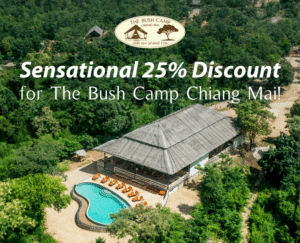Exploring Northern Thailand’s Diverse Flora and Fauna: A Naturalist’s Guide
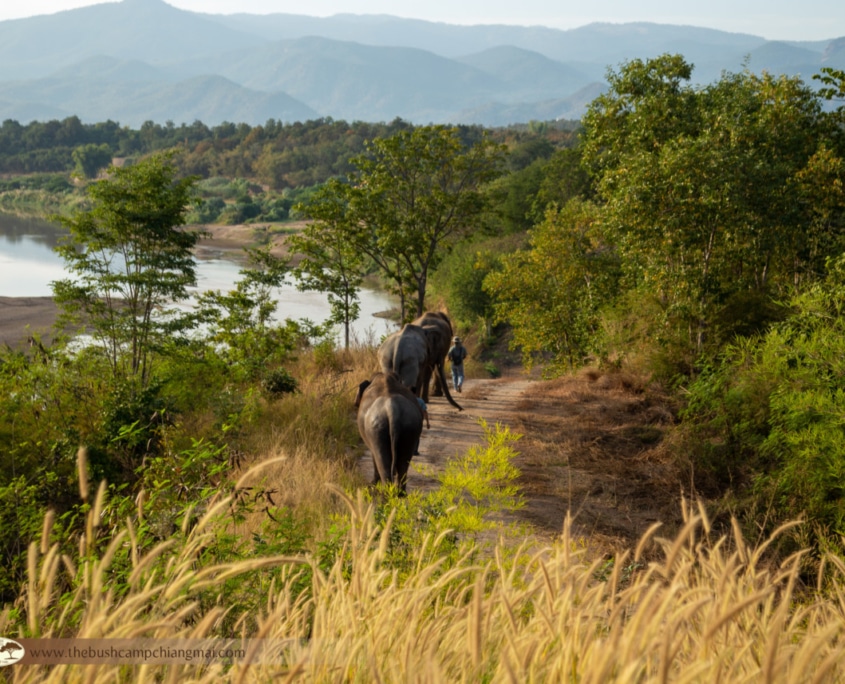
Introduction to Northern Thailand’s Flora and Fauna Ecosystem
Nestled in the heart of Southeast Asia, Northern Thailand offers a treasure trove of flora and fauna biodiversity. Its diverse ecosystems – from lush jungles and serene rivers to towering mountains and verdant valleys – host a myriad of life forms. A visit to this region is a journey into a world that flourishes in harmony with nature.
The Fascinating Flora
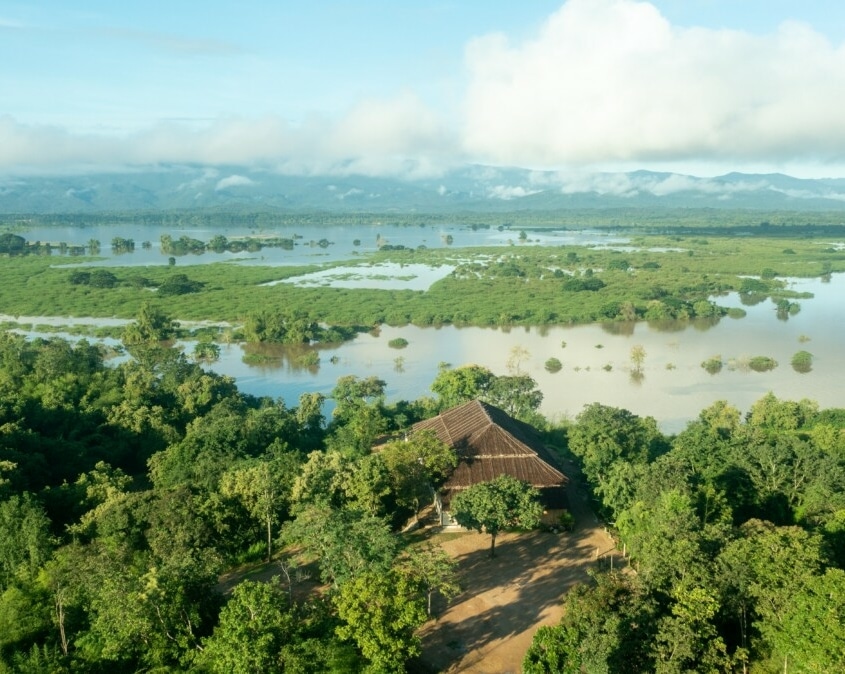
Northern Thailand is a veritable paradise for plant lovers. The region is home to a diverse collection of tropical flora, including the iconic Ratchaphruek (Golden Shower tree), the official national flower of Thailand, celebrated for its stunning bright yellow blossoms. It’s not just a beautiful sight; the flower also holds great cultural significance in the local communities, symbolizing the Thai royalty and featuring prominently in local festivals.
Another unique treasure in Northern Thailand’s flora is the mesmerizing Orchidaceae family. This family consists of thousands of species, each differing in shape, size, and colour, dazzling visitors with their stunning array of vivid hues and intricate designs. The blooming season transforms the landscape into a kaleidoscope of colours, a spectacle that nature enthusiasts won’t want to miss.
Each plant species plays a pivotal role in sustaining the ecosystem. From serving as food and shelter for various fauna, to contributing to the local communities’ livelihoods with their medicinal and commercial uses, the region’s flora forms the backbone of Northern Thailand’s rich biodiversity.
Meet the Elephants
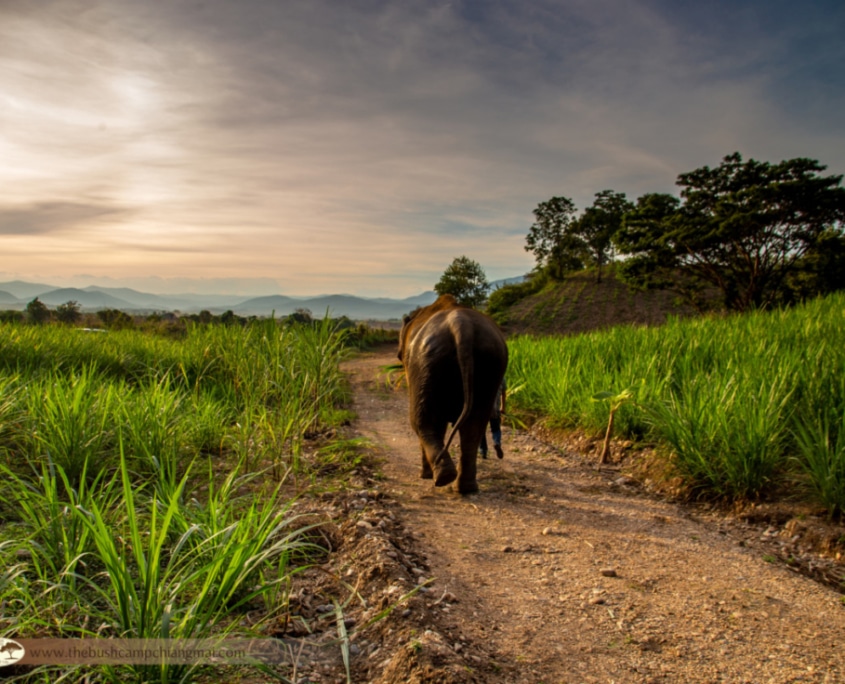
The Asian Elephant, an iconic symbol of Thailand’s natural heritage, plays a vital role in the region’s ecosystems. Their interactions with the environment, from aiding in seed dispersal to creating clearings in dense vegetation, significantly shape the landscapes. At The Bush Camp, elephants roam freely in a chain-free environment, embodying the spirit of conservation that we deeply cherish. Observing their daily life – the playful water splashes, the leisurely forest walks, and the nurturing behaviour of mothers towards their calves – offers a heartwarming and enlightening glimpse into the majestic world of these gentle giants.
Spotting Birds and Butterflies
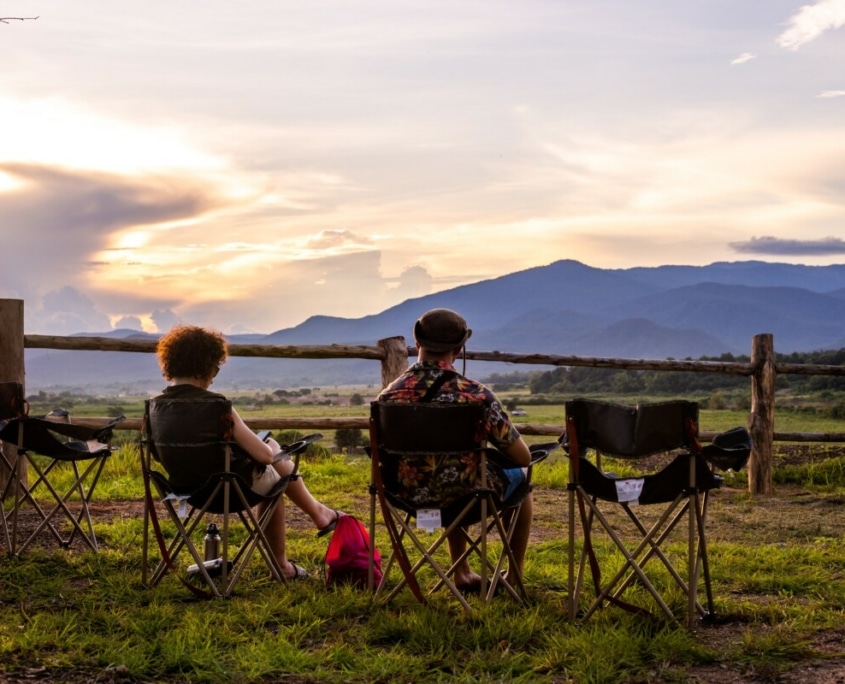
Our camp is a haven for birdwatchers and butterfly enthusiasts. Northern Thailand is home to over 1,000 bird species, including the rare and beautiful Green Peafowl and the melodious White-rumped Shama. The region’s butterfly diversity is equally breathtaking, with the vibrant Common Tiger and the charming Peacock Pansy offering delightful sights.
The Mighty Predators and Prudent Prey
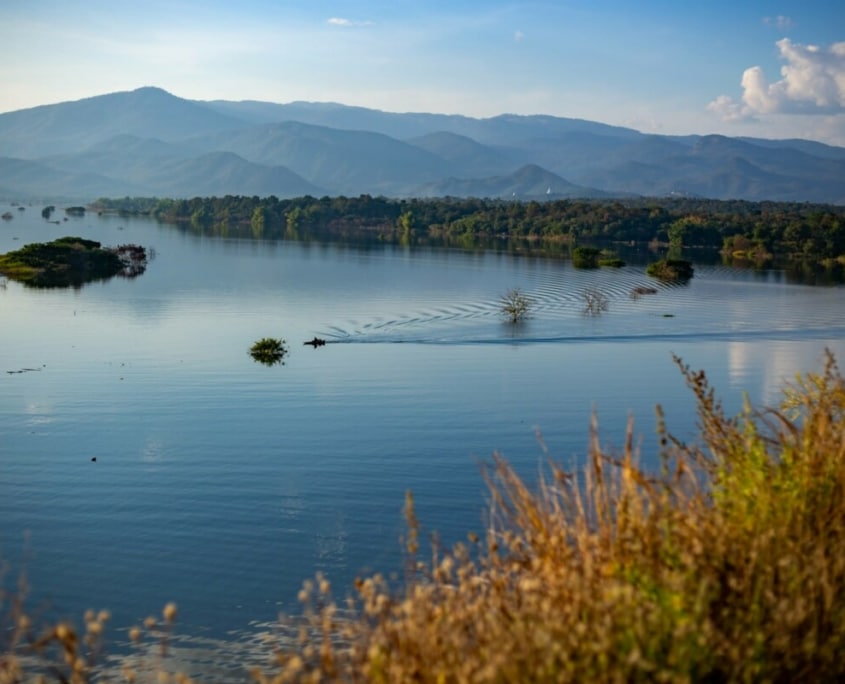
Northern Thailand’s rich biodiversity extends to its larger fauna as well. From the stealthy clouded leopard to the diligent barking deer, the region provides a refuge for a wide variety of mammals. These animals, often elusive, are uniquely adapted to their environments. The clouded leopard, for instance, is a formidable climber, using its skill to navigate the forest canopy in search of prey. On the other hand, the barking deer, though small in size, is known for its alertness, often signalling the presence of a predator to other animals. Witnessing these interactions between different species in their natural habitat forms an integral part of the unforgettable experience at The Bush Camp.
Aquatic Life in the Ping River
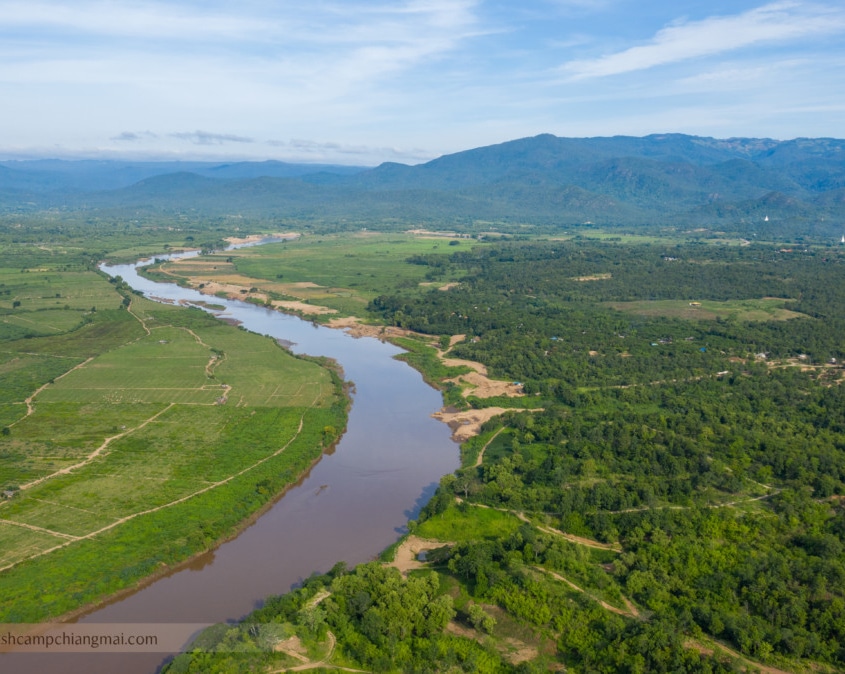
The flowing life force of Northern Thailand, the Ping River, is home to a plethora of aquatic species. Fish like the Giant Mekong Catfish, reptiles like the Asiatic Softshell Turtle, and an array of amphibians form a complex, interconnected aquatic ecosystem.
Conservation Efforts by The Bush Camp
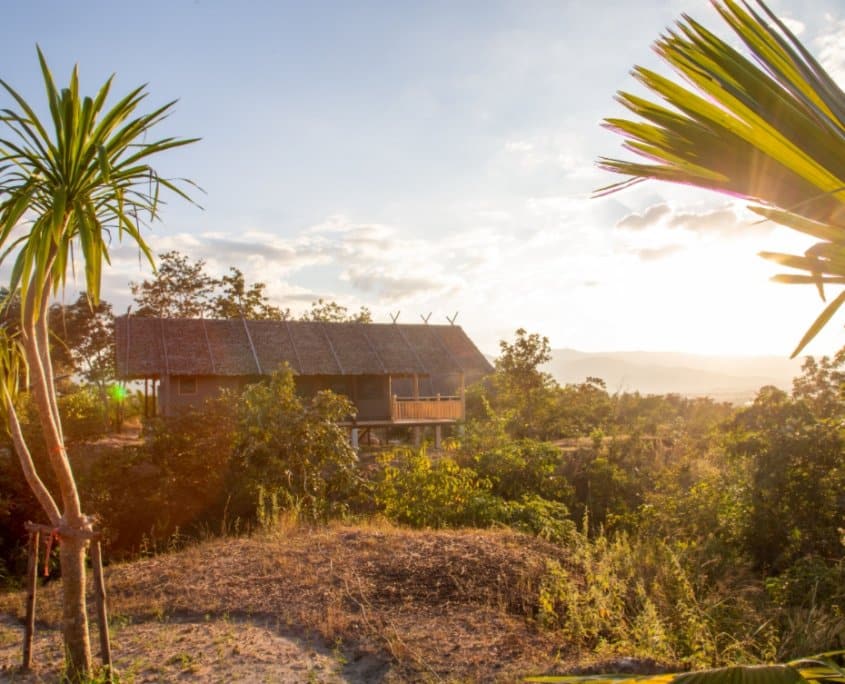
At The Bush Camp, we are not just observers but active participants in preserving Northern Thailand’s biodiversity. Our camp’s practices, from elephant welfare to habitat preservation, stem from a deep-rooted commitment to conservation. We aim to minimize our environmental footprint, adopting sustainable practices such as waste management, use of renewable energy sources, and organic farming.
Moreover, we actively collaborate with local communities and conservation organizations, contributing to the ongoing research and conservation projects in the region. Our efforts are aimed at striking a balance – a harmony between tourism, community development, and biodiversity conservation.
How Tourists Can Help
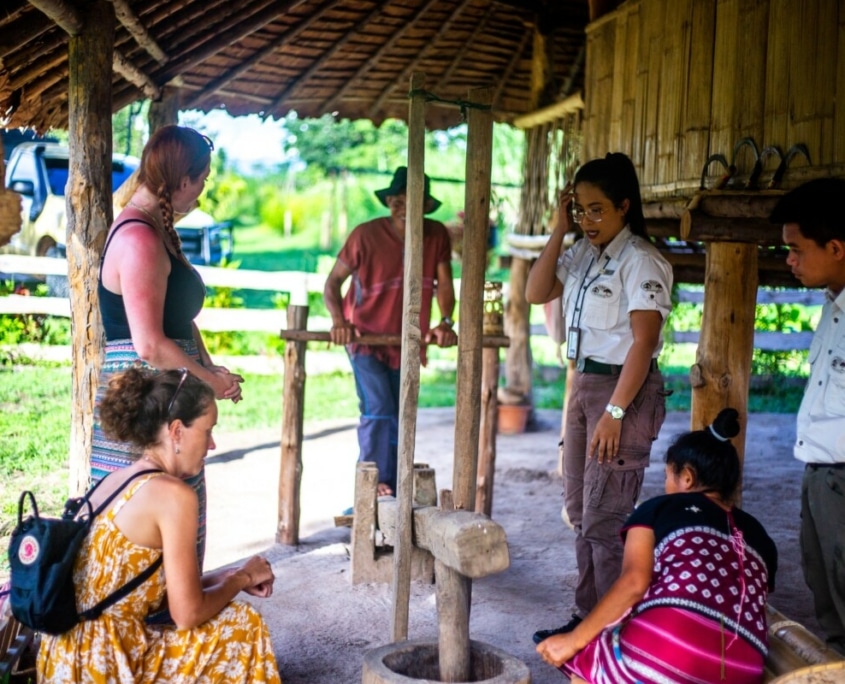
As a visitor, your actions can have far-reaching implications. By respecting the wildlife, adhering to the camp’s guidelines, and spreading awareness about the region’s natural wealth, you can significantly contribute to our conservation efforts. Our hope is that each visitor, after experiencing the beauty of Northern Thailand’s biodiversity, will leave as an ambassador for the preservation of this incredible ecosystem.
With these additional details, the word count of the article increases substantially while maintaining a compelling narrative about Northern Thailand’s biodiversity and the crucial conservation work undertaken by The Bush Camp.
Best Time to Visit for Wildlife Sightings
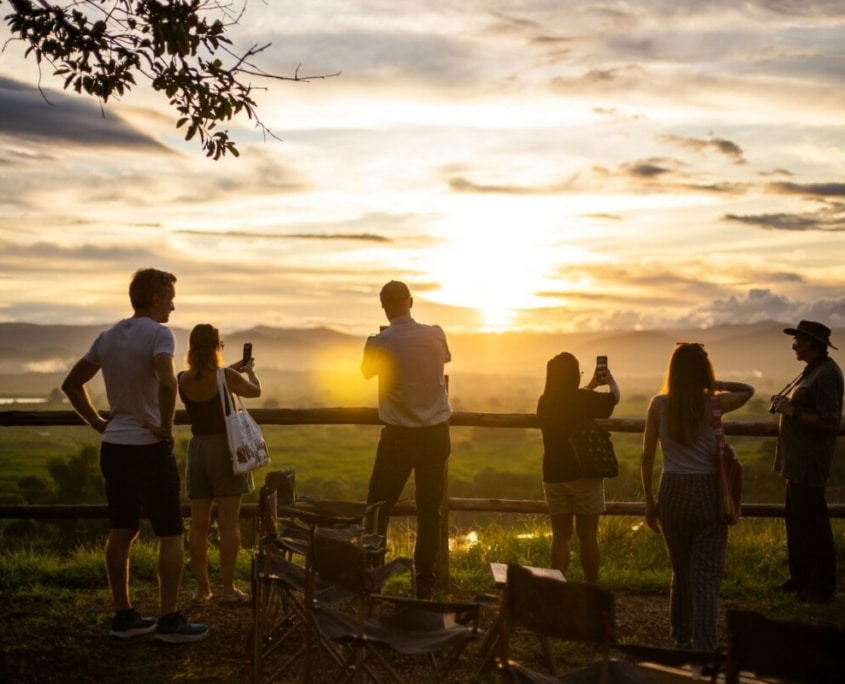
Though Northern Thailand’s biodiversity thrives year-round, the cooler months from November to February offer the best wildlife sightings. During these months, the lush vegetation is in full bloom, attracting a plethora of bird and butterfly species.
Journey’s End – A Pledge for Conservation
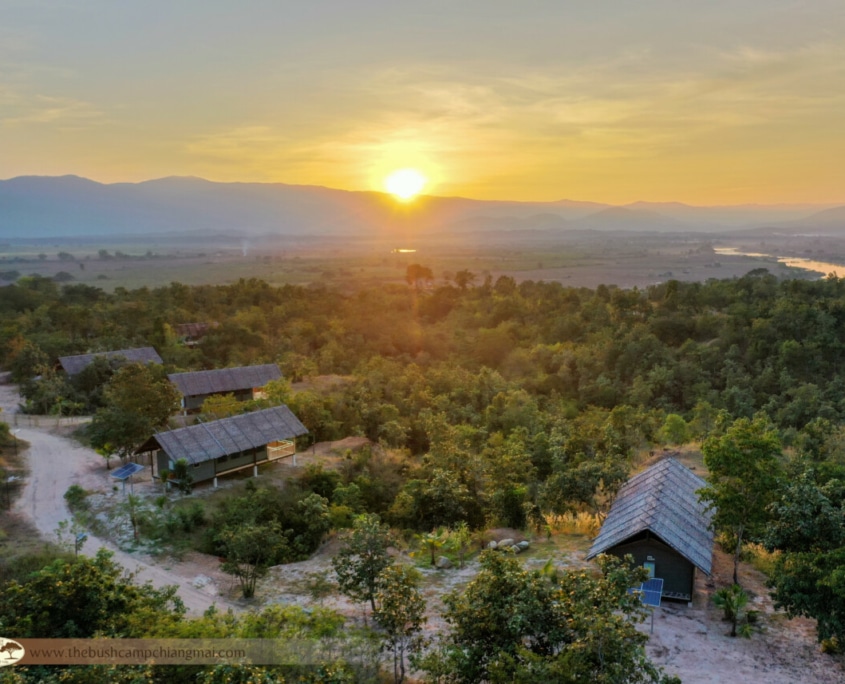
As our journey through Northern Thailand’s flora and fauna draws to a close, we invite you to pledge your support for conservation efforts. Each visit to our camp strengthens our endeavor to protect this rich biodiversity. Together, let’s ensure that the region’s natural wonders continue to flourish for generations to come.
BOOK AN ETHICAL ELEPHANT TOUR AT THE BUSH CAMP CHIANG MAI NOW >>




